BRAKE REPAIR
Brake Repair
Most cars utilize a disc brake system. The two parts that receive the most wear are your brake pads and rotors. These parts should be inspected regularly. This short animation shows how brake systems work and contains details about basic brake system components.
ACDelco recommends that your brake system is visually inspected every 3,000 miles. Ask your trusted ACDelco certified technician to inspect the brakes during your next oil change.
The Components of a Disc Brake System
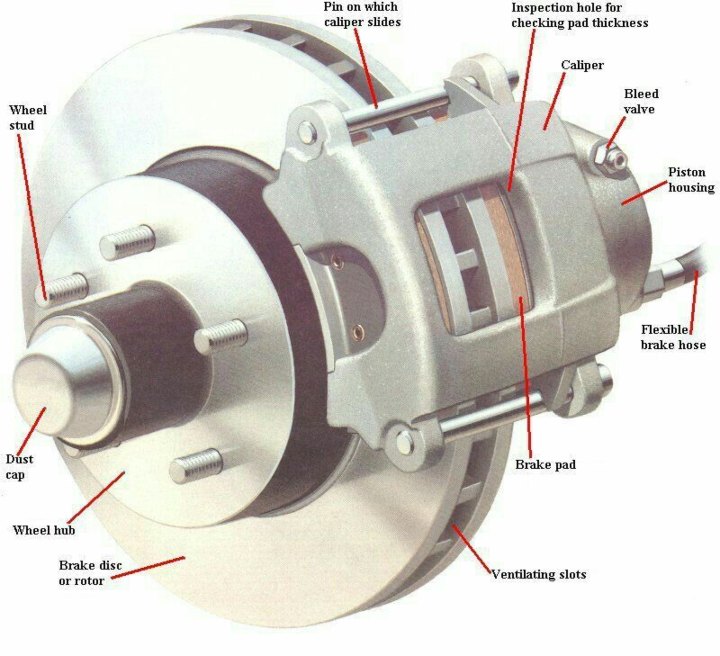
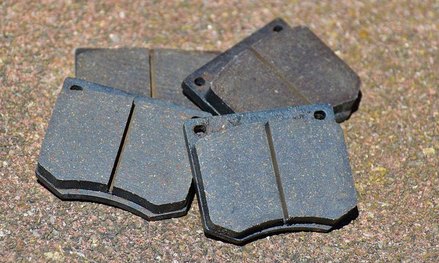
Brake Pads
Braking power may be severely reduced if your brake pads are worn thin. Worn brake pads are not only dangerous, but will cause expensive rotor damage if neglected.
The brake pads are the outermost part of the braking system and true workhorses. The brake pads are one of the brakes components that contact and apply pressure and friction to the brake rotors — the discs that actually slow and stop the vehicle. The pads go under extreme stress every time you slow down and come to a stop, as they control the pace at which your wheels stop turning.
Brake pads are not all created equal. There are two types of brake pads we recommend to vehicle owners:
Semi-Metallic: Semi-metallic pads — often called “semi-mets” — provide ultimate stopping power. These pads contain metal fibers used to create the friction with the rotor.
Semi-metallic brake pads are ideal for towing and heavy duty performance. Semi-mets have a tendency to be noisy and produce a brake dust, and due to their aggressive nature, the rotors generally wear faster.
Ceramic: Ceramic brake pads are the most popular option, as they’re durable, provide for significant stopping power and come in ranges of quality. Ceramics use adhesion to provide the stopping power with the rotors, as they leave a layer of sticky transfer on the rotors. These pads are the most common and are used by many auto manufacturers on everything from cars to SUVs.
Ideally, we recommend that you replace brake pads with the same material that the manufacturer used on your vehicle originally. If your vehicle came equipped with ceramic brake pads but you use your vehicle more for towing or high-heat situations, it may be worth switching to a semi-metallic.
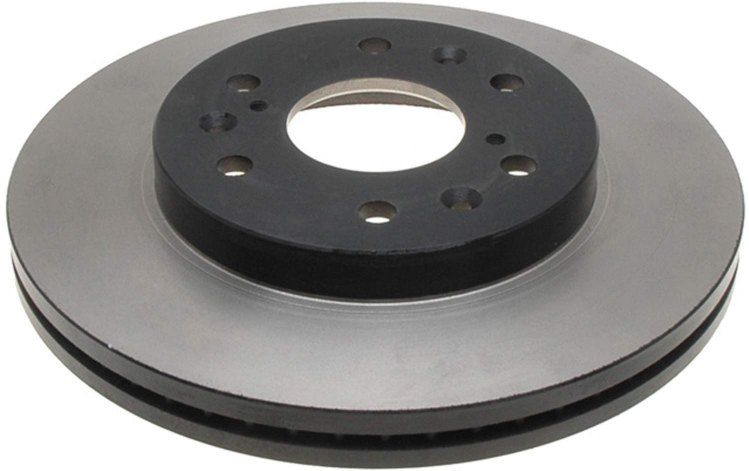
Brake Rotors
Brake rotors are an important component in the braking system that stops your vehicle. Brake rotors (they’re also called brake discs) are what your vehicle’s brake pads clamp down on to stop the wheels from spinning. Like other brake parts, there are several different types of brake rotors available.
The brake rotor is the heart of your braking system and therefore should be made of high-quality materials. When performing any type of brake repair, you should always examine your rotors for wear. We recommend replacing rotors with every brake pad change.
Many people try to cut costs on rotor repairs by opting for an economy version. Lower quality metals or lighter rotors do not allow for your braking system to perform at the standards that restores your braking system to that of when it was new, increasing the distance it takes for your vehicle to stop. People also opt for having their rotors turned to save money, taking their rotors below the recommended minimum thickness. This leads to heat being trapped in the brake components, and ultimately leads to premature failure.
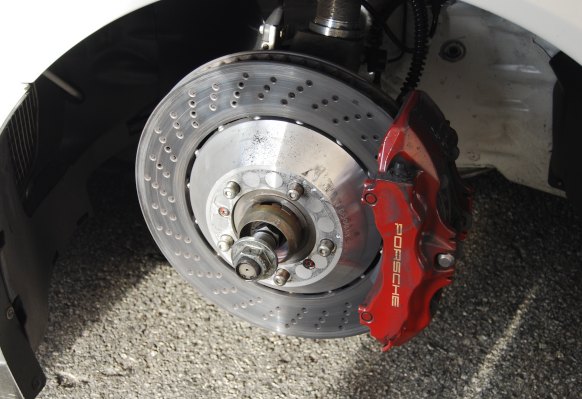
Brake Calipers
Brake calipers (the red piece in the diagram) are a vital part of your vehicle’s braking system. Brake calipers squeeze the brake pads against the surface of the brake rotor to slow or stop the vehicle.
Calipers have a much longer lifespan than any other part of the braking system parts. Though the lifespan varies based on a number of factors, mechanics and manufacturers generally estimate that calipers can last three to four times longer than brake pads. That said, if your caliper is going out, you want to diagnose the issue early on, before it puts you in harm’s way.
An easy sign to identify that you need to replace the caliper or caliper hardware is if your brake pads show uneven wear. If one end of the pad is thicker than the other, or if one pad has more pad left, then you have an issue. Sometimes uneven wear is simply the result of corroded caliper pins or guide bolts, but if you can freely slide the pins in the caliper bracket, then it points to a caliper issue.
One of the surest signs you’re due for a caliper replacement is a leak. If the presence of brake fluid is visible near the brake line fitting or in the pistons, the caliper has been exposed to the outside elements and needs to be replaced. A torn piston seal creates contaminated brake fluid, which will travel to other parts of the braking system such as other calipers and the master cylinder, and will need to be flushed.
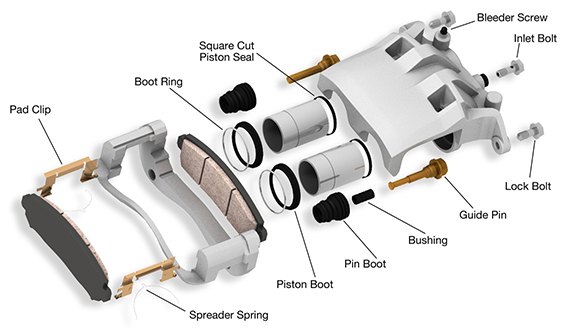
Brake Hardware
These small pins and pieces that allow the for the movement of all the parts and connect all the pieces of the system
Aside from the four main brakes components, your brake system contains a few smaller parts. If you’re lucky, your braking problems stems from one of these little guys, which would mean a quick, easy, and affordable fix:
Caliper Pins: Most brake calipers contain two pins which help to move the caliper as pressure is applied to the brake pads. Sometimes the pins corrode, which can prevent them from doing their job effectively, and creates uneven wear and early failure of brake pads. Pull the pins and replace contaminated grease to allow them to move freely again. If they are too damaged, replace with new pins.
Caliper Pin Boots: The pins mentioned above are installed inside of these rubber boots that allow for movement with protection from the weather and road debris. If torn, they lose their ability to do their job and can cause allow damage to happen in a hurry. Replace all torn or dry rotted boots to keep your system clean and closed.
Abutment Clips: Abutment clips are the stainless pieces that the pads slide on within the caliper bracket. You should replace these clips with every brake job, as they are spring loaded and lose their tension and ability to aid the pads over time. We now include these clips in all of our Duralast Gold brake pad boxes.
When it comes to our brake repair service, national auto repair shops just can’t compete with our quality service and affordable prices. At Street Brothers Auto Repair, our customers are very important us. That’s why we keep our prices down and gear our services towards complete customer satisfaction. We treat every customer like our biggest customer, the way we would expect to be treated if we were getting our own brakes repaired.
